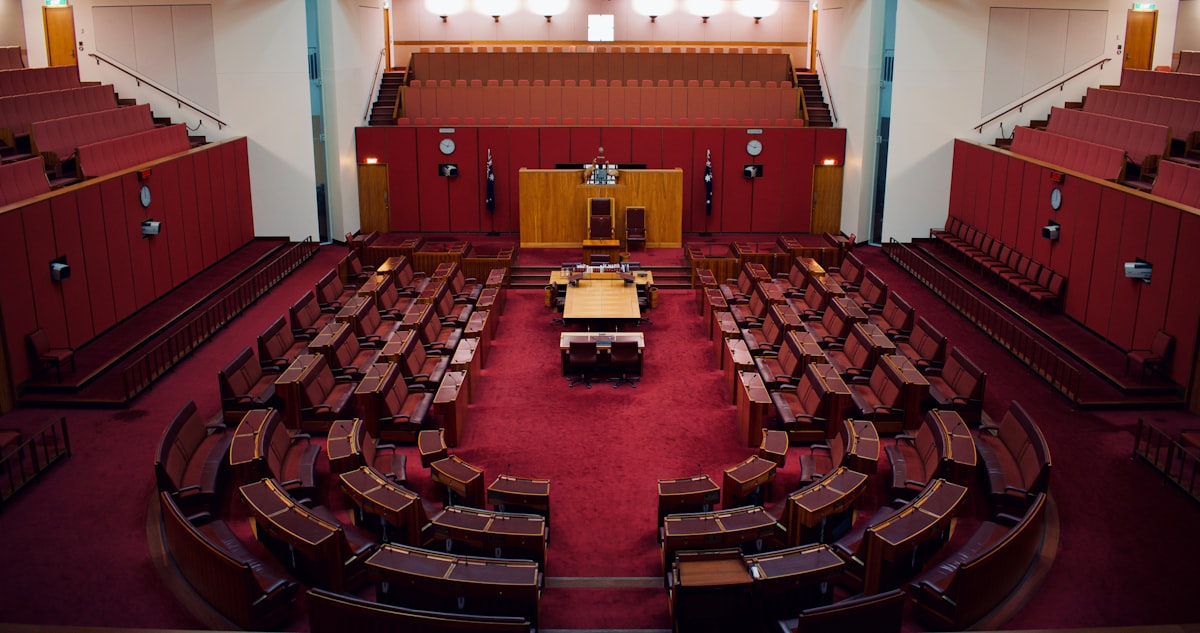Mexican political system and the three powers of the Union explained
Knowing the Mexican political system implies studying each of the parts that make it up. Let's start by talking about the constitution.

Although there have been governmental institutions in Mexico for a long time, scholars establish the birth of the current Mexican political system in 1929. They also explain that its genesis is a product of the armed struggle that culminated in 1920. In its formation are present the ideas of revolutionary leaders like Francisco I. Madero, Emiliano Zapata, and Venustiano Carranza and some of the principles of the Constitutions of 1924 and 1857.
The contemporary Mexican political system is more strongly delineated under the government of Plutarco Elias Calles who consolidated the power of the institutions over the forces of the revolutionary factions. It is consolidated during the time of the Cardenas regime and its central elements are more clearly defined since 1940. In general, these elements remain that way until the decade of the eighties, when they begin to show symptoms of exhaustion and the need for change.
Understanding the Mexican political system involves exploring each of the elements that constitute it. To begin with, it is necessary to address the constitution.
The Political Constitution of the United Mexican States
The document that characterizes the Mexican State, its government, and the norms of the relationship between these and society is the Political Constitution of the United Mexican States. It defines the rights of citizens (articles 1 to 30, 33 to 35, 37, 38, and 123) and their obligations (articles 31 and 36); as well as the formation, organization, limits, and functioning of the government (articles 39 to 136).
Article 133 states that "this Constitution, the laws of the Congress of the Union that emanate from it, and all treaties that are by it, concluded and to be concluded by the President of the Republic, with the approval of the Senate, shall be the Supreme Law of the whole Union. The judges of each state shall conform to said Constitution, laws, and treaties, notwithstanding the provisions to the contrary that may exist in the constitutions or laws of the states".
All laws made by Congress, judgments made by the Judiciary, and regulations made by the Executive, as well as state constitutions and laws, must be drafted so that their content conforms to the constitutional articles. If these contradict any constitutional precept, this must be processed through instruments of constitutional control, such as a constitutional controversy, an action of unconstitutionality, or an Amparo.
The Constitution can't include all of the regulations on the subjects covered by the articles, so it is necessary to draft secondary laws that regulate the principles or general ideas established in the articles, such as the Law Regulating Article 27 in the Oil Industry, the Federal Code of Electoral Institutions and Procedures, or the Law of Amparo.
Most of the information on the form and organization of the Mexican State and government can be found in the Political Constitution of the United Mexican States of which there are various editions, accessible by price and place of sale.
Although the Constitution establishes procedures for its reform, it is more difficult to reform because it is considered that the principles and articles established there are the most important for the country and must be protected from political ups and downs and interest groups.
There is one fact that is important to clarify. There is a general feeling in the country that politicians do not reach agreements and do not want to work, that they do not want to make changes and that it is their lack of will that prevents the country from taking a good direction. Academic studies have concluded that the most ungovernable system and the one in which it is most difficult to reach agreements is the one that combines multiparty (more than two parties) with the presidential system.
If we also add that Mexico is federal, that is, it has federal, state, and municipal authorities, the people with whom one must negotiate to achieve anything multiply, making it even more difficult to reach and maintain agreements, that is, to achieve stable changes that all parties want to implement. It is important to consider the restrictions and difficulties of the Mexican political system if we want to understand the problems in-depth, and not doing so can lead to incomplete or incorrect conclusions, judgments, or solutions.




